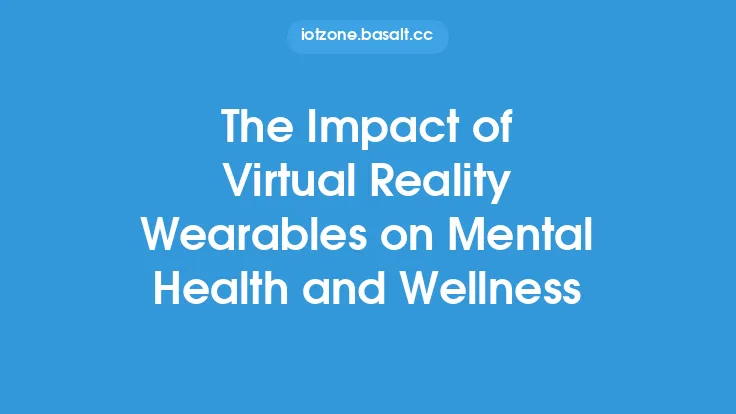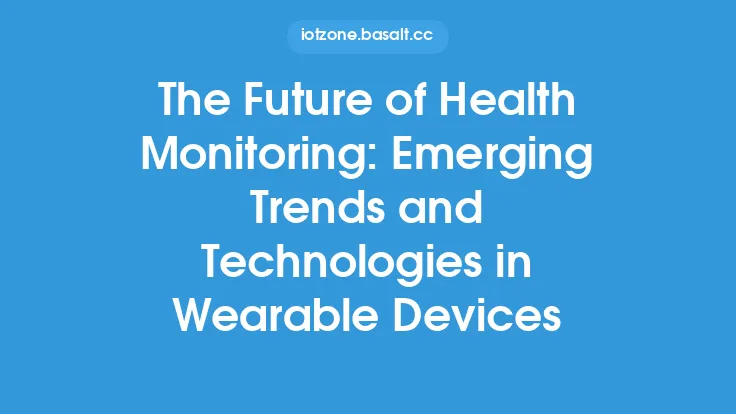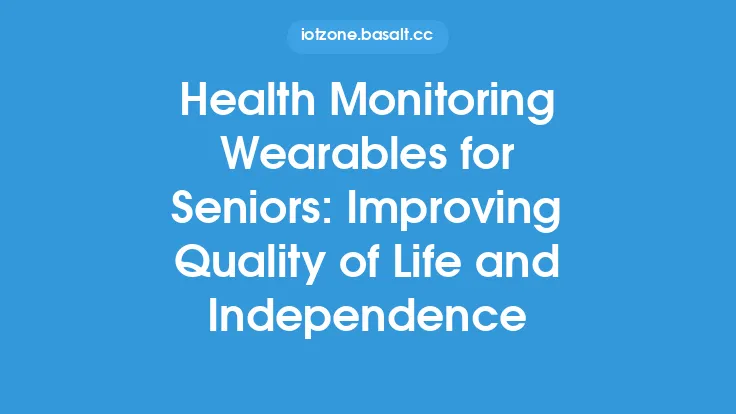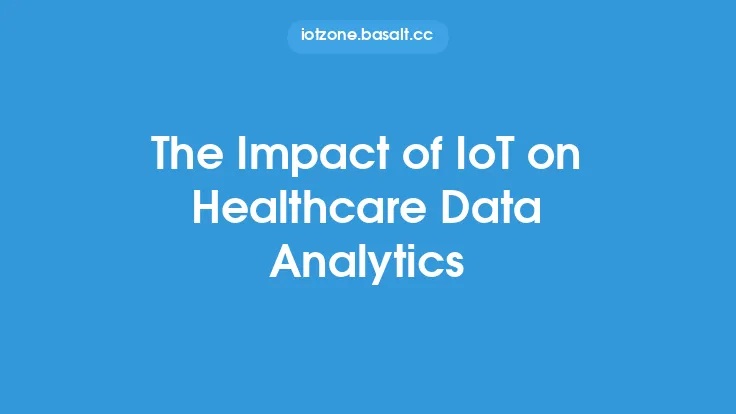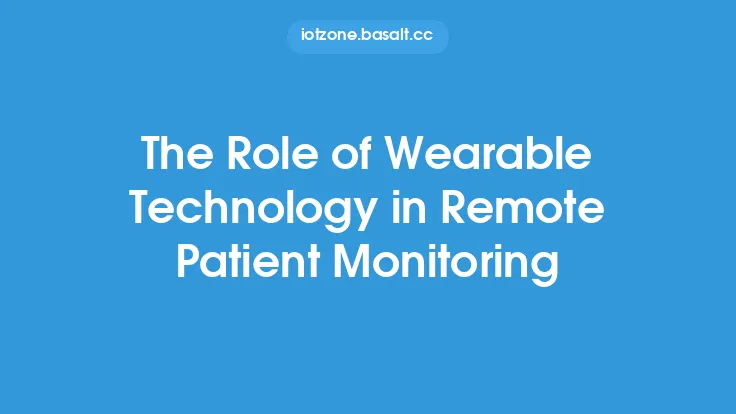The use of health monitoring wearables has become increasingly popular in recent years, and their impact on patient engagement and outcomes is a topic of great interest. These devices, which can track a wide range of health metrics, including heart rate, blood pressure, and physical activity, have the potential to revolutionize the way healthcare is delivered and received. By providing patients with real-time feedback and data on their health, health monitoring wearables can empower them to take a more active role in their care, leading to improved health outcomes and increased patient engagement.
Patient Engagement
Patient engagement is a critical component of effective healthcare, as it enables patients to take a more active role in their care and make informed decisions about their health. Health monitoring wearables can facilitate patient engagement by providing patients with accurate and timely information about their health, allowing them to track their progress and make adjustments as needed. For example, a patient with diabetes can use a wearable device to track their blood glucose levels, receiving alerts and notifications when their levels are outside of a healthy range. This information can be used to make adjustments to their diet, exercise, and medication regimen, enabling them to better manage their condition.
Improved Health Outcomes
The use of health monitoring wearables has been shown to have a positive impact on health outcomes, particularly for patients with chronic conditions. By providing patients with real-time feedback and data on their health, these devices can help patients identify potential health problems early, allowing for prompt intervention and treatment. For example, a study published in the Journal of the American Medical Association found that patients who used a wearable device to track their physical activity and sleep patterns experienced significant improvements in their blood pressure and cardiovascular health. Similarly, a study published in the Journal of Diabetes Science and Technology found that patients with diabetes who used a wearable device to track their blood glucose levels experienced improved glycemic control and reduced risk of complications.
Technical Specifications
From a technical standpoint, health monitoring wearables typically consist of a combination of sensors, microcontrollers, and communication protocols. The sensors used in these devices can include accelerometers, gyroscopes, and electrocardiogram (ECG) sensors, which can track a wide range of health metrics, including physical activity, heart rate, and blood pressure. The microcontrollers used in these devices are typically small, low-power devices that can process and analyze the data collected by the sensors, providing patients with real-time feedback and alerts. The communication protocols used in these devices can include Bluetooth, Wi-Fi, and cellular connectivity, allowing patients to transmit their data to their healthcare provider or access it remotely through a mobile app.
Data Analytics
The data collected by health monitoring wearables can be analyzed using a variety of techniques, including machine learning and predictive analytics. By applying these techniques to the data collected by these devices, healthcare providers can gain insights into patient behavior and health outcomes, enabling them to develop more effective treatment plans and interventions. For example, a healthcare provider can use machine learning algorithms to analyze the data collected by a patient's wearable device, identifying patterns and trends that may indicate a potential health problem. This information can be used to develop a personalized treatment plan, tailored to the patient's specific needs and health status.
Clinical Applications
Health monitoring wearables have a wide range of clinical applications, including remote patient monitoring, chronic disease management, and preventive care. These devices can be used to monitor patients with chronic conditions, such as heart failure, diabetes, and chronic obstructive pulmonary disease (COPD), providing healthcare providers with real-time feedback and data on patient health. They can also be used to prevent illnesses and injuries, such as falls and cardiovascular events, by providing patients with alerts and notifications when their health metrics are outside of a healthy range.
Limitations and Challenges
While health monitoring wearables have the potential to revolutionize the way healthcare is delivered and received, there are several limitations and challenges associated with their use. These include issues related to data accuracy and reliability, patient adherence and engagement, and cybersecurity and privacy. For example, the data collected by health monitoring wearables may not always be accurate or reliable, particularly if the device is not calibrated or maintained properly. Similarly, patients may not always adhere to the recommended usage guidelines, which can limit the effectiveness of these devices. Finally, the transmission and storage of patient data raises concerns about cybersecurity and privacy, which must be addressed through the use of secure communication protocols and data storage systems.
Future Directions
The future of health monitoring wearables is exciting and rapidly evolving, with new technologies and innovations emerging all the time. One area of research that holds great promise is the development of implantable and ingestible sensors, which can track health metrics from within the body. Another area of research is the use of artificial intelligence and machine learning to analyze the data collected by health monitoring wearables, providing healthcare providers with insights and predictions that can inform treatment decisions. Finally, the integration of health monitoring wearables with electronic health records (EHRs) and other healthcare systems has the potential to revolutionize the way healthcare is delivered and received, enabling healthcare providers to access patient data in real-time and make more informed decisions about patient care.

